Remembering Vittorio Gregotti: architect, thinker, Italian
We celebrate the legacy of intellectual Italian architect Vittorio Gregotti
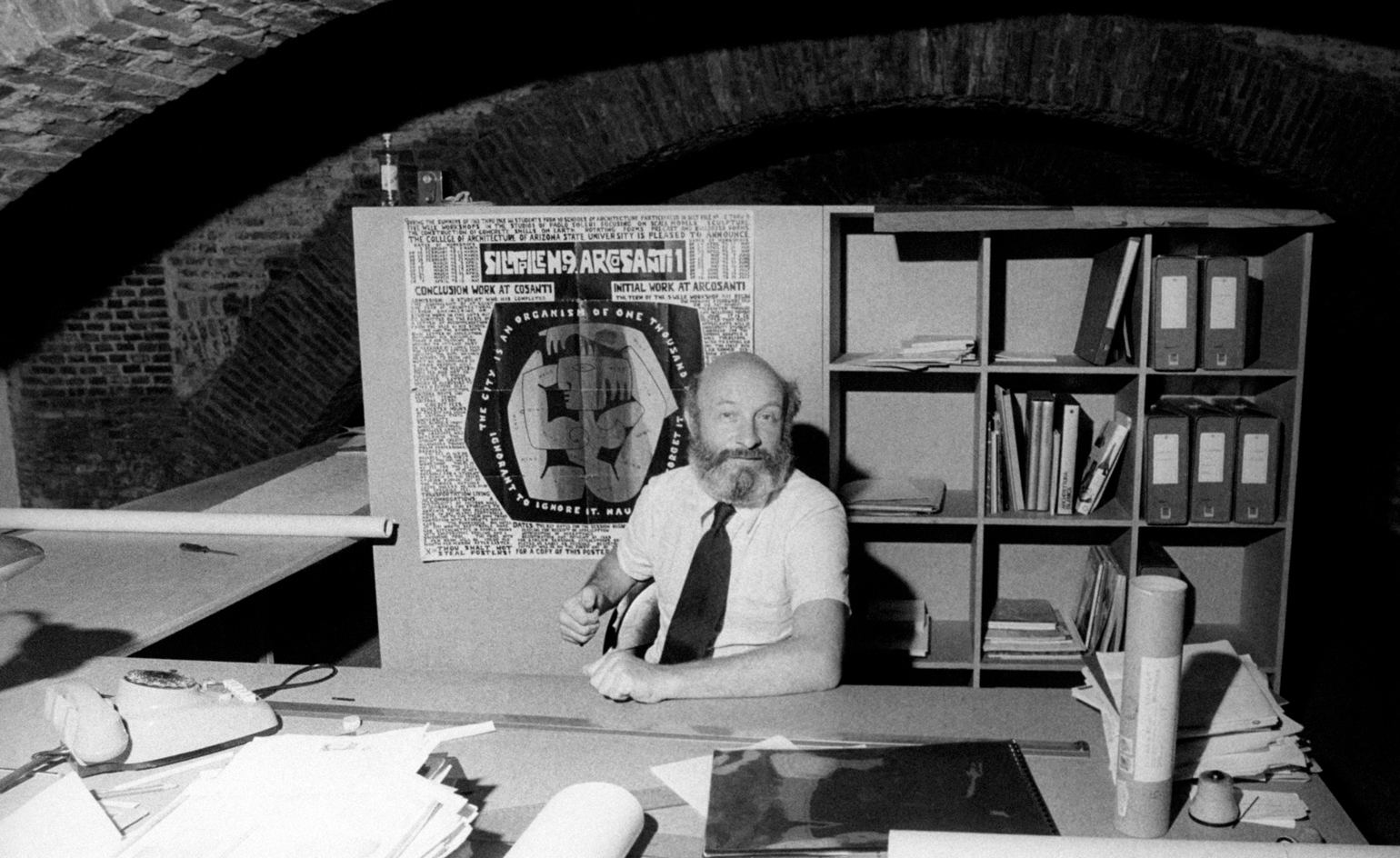
Over the weekend articles and streamed reports tried to ease the grief caused by the great loss of Vittorio Gregotti, who passed away aged 92 on 15 March, in Milan.
Gregotti was the archetype of the intellectual architect, a typically Italian figure that, from the 1960s, fused the profession with political militancy. He obstinately insisted that his work should be socially useful – both a guide and a service to the community. He took full responsibility for his actions, creating a highly cultured vision of the built world. It will take time to absorb the full complexity of this intellectual, whose work is so important for both Italian and international architecture.
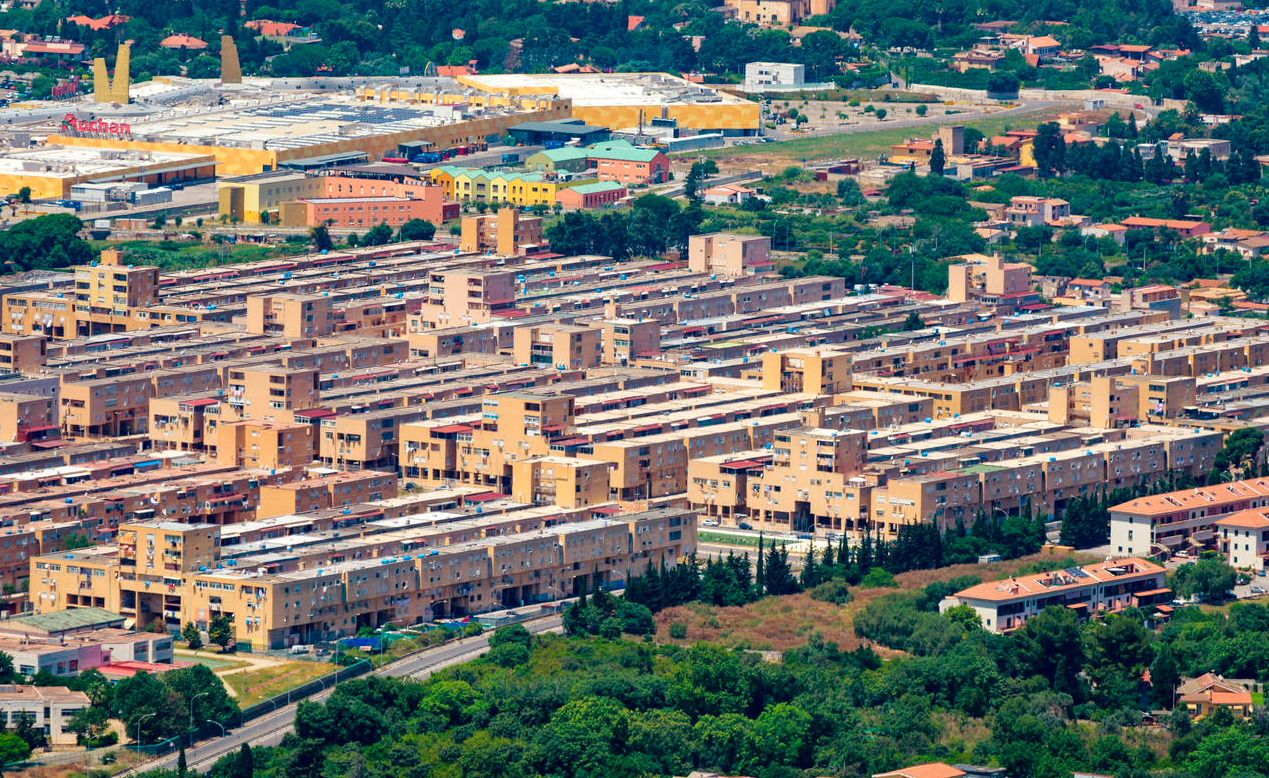
Palermo ZEN neighbourhood, designed by Gregotti
Many of his most important treatises such as ‘The Architecture of the Land’ (‘Lâ architettura del territorioâ', Feltrinelli, 1966) have never been translated into English. For him, architecture was first and foremost a cultural phenomenon, an artistic practice based on the critical observation of the real world that can be applied to an area to improve it socially. He designed cities and buildings in Italy, China, Portugal, Germany and Morocco.
There is no kind of building that Gregotti did not design, so wide was his range, but they all had one thing in common: the ties to their contexts, to the decisive intervention on the landscape. Gregotti was a famous city planner, a prolific writer, editor and then director of Casabella magazine, university lecturer in Milan, Venice and Palermo, together with his friend Umberto Eco he was the curator of an unforgettable Triennale di Milano in 1964, all about ‘free time'. He was a great draftsman and made the conscious decision not to embrace digital culture.
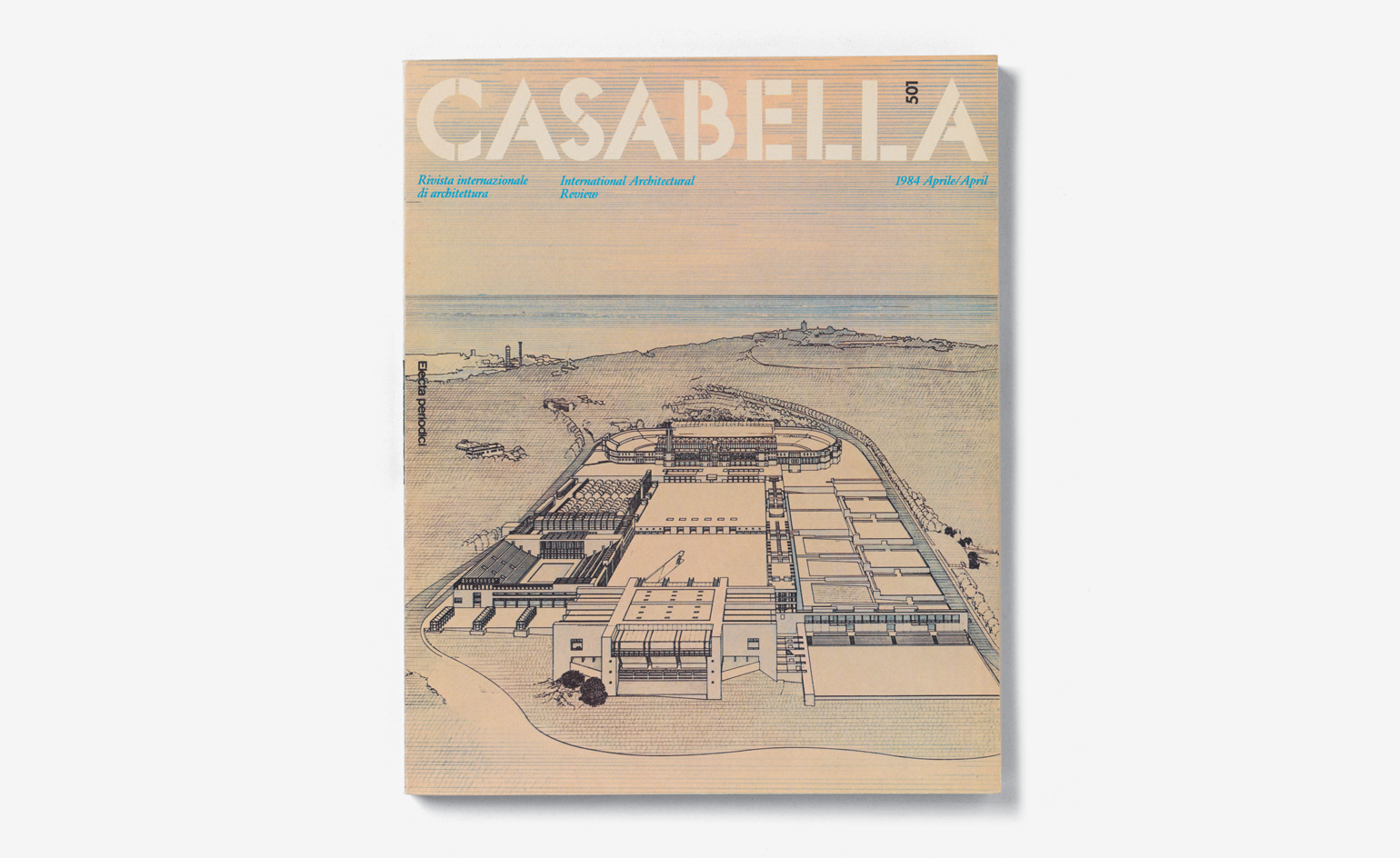
Cover of Casabella, N. 501, April 1984, Arnoldo Mondadori Editore. The drawing depicts the Olympic Ring of Barcelona; the work, drawn and coloured in pastel by Gregotti Associates studio, represents the esplanade of Montjuic, where the Olympic facilities for the possible Games in 1992 are foreseen. The facilities include a sports hall in the first floor, a large multi-purpose stadium more in the background, and other facilities next to them, in a compact and rather quadrangular structure; in the background stands out the coastline and the sea.
At the beginning of his career, he also designed products, joining forces with Giotto Stoppino and Ludovico Meneghetti. He believed that industrial design was a discipline dedicated to the life of human beings and not to style, consumerism or brands, writing a fundamental manual on ‘Design of the Industrial Product. Italy 1860-1980', (‘Il disegno del prodotto industriale. Italia 1860-1980', Electa). This work is above all interesting for its precise definition of design as a mechanical and aesthetic strategy for realising objects, and not as a phenomenon that is subject to fads and trends.
He was director of the Visual Arts section of the Venice Biennale just after the youth protests of the early 1970s and, following his intuition, introduced the subject of space to the show – a concept that was being enthusiastically explored by artists of the time. Franco Raggi, Germano Celant and Luca Ronconi contributed to the same vision. Just two years ago, in 2018, the Padiglione d'Arte Contemporanea (PAC) in Milan, dedicated a vast retrospective show to his life and work, curated by Guido Morpurgo. Present at the inauguration of the exhibition were some of the figures that shared Gregotti's unique professional journey such as the product and graphic designer Pierluigi Cerri, the curator and writer Pierluigi Nicolin and the architect Augusto Cagnardi.
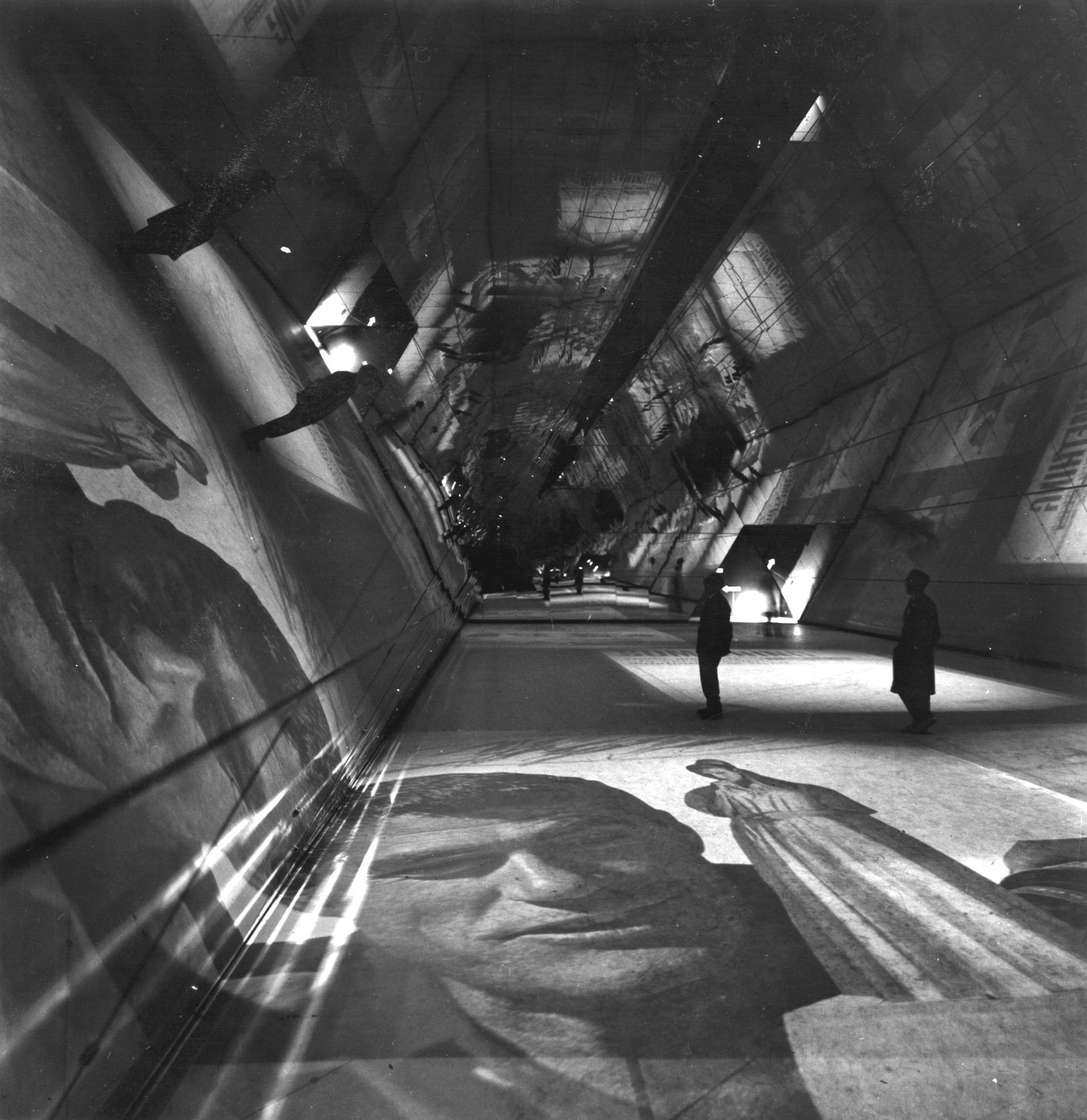
Kaleidoscope, Xiii Triennale di Milano, 1964, which Gregotti curated alongside Umberto Eco
During those days I passed by via Matteo Bandello in Milan, historic home of Gregotti Associati studio, in the company of Stefano Boeri, architect and president of the Triennale di Milano. He told me that that studio ‘was the first in Milan to be a cosmopolitan place, a platform for collective thinking, open to the architectural cultures and philosophies of Japan, Portugal, China, and connected to the literary and musical culture of Venice and Paris, to all of which Vittorio Gregotti had been a great orchestral conductor'.
Gregotti passed away of pneumonia, after contracting the novel coronavirus, Covid-19. The Milanese community takes up his cultural heritage and will continue to express it while respecting those who, today, mourn the loss of a figure. Due to current government regulations, no public commemorative service has been planned.
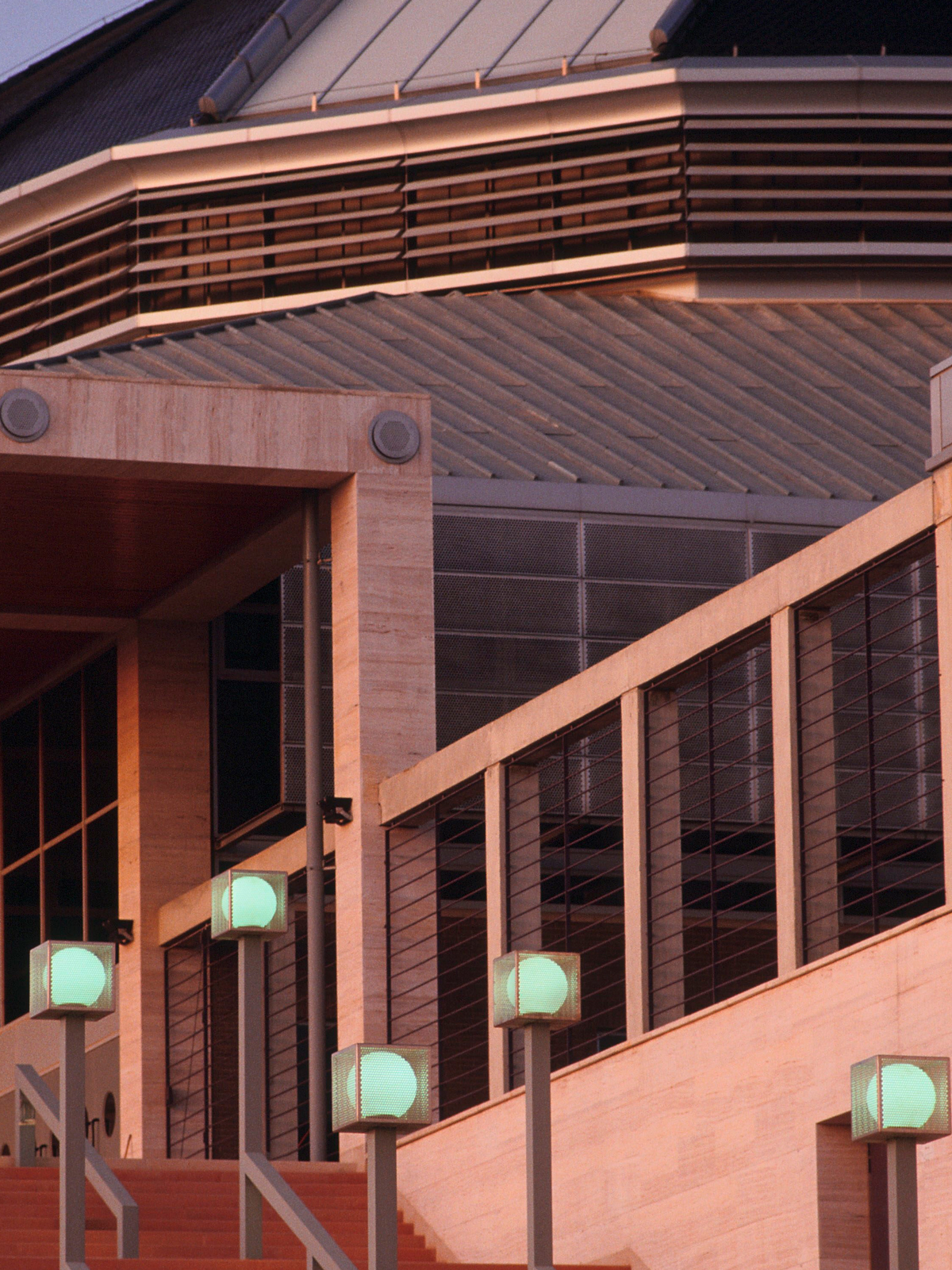
Sant Jordi Sports Palace, at the Olympic Installation designed by Gregotti in Barcelona in October, 1991.
Wallpaper* Newsletter
Receive our daily digest of inspiration, escapism and design stories from around the world direct to your inbox.
-
 Marylebone restaurant Nina turns up the volume on Italian dining
Marylebone restaurant Nina turns up the volume on Italian diningAt Nina, don’t expect a view of the Amalfi Coast. Do expect pasta, leopard print and industrial chic
By Sofia de la Cruz
-
 Tour the wonderful homes of ‘Casa Mexicana’, an ode to residential architecture in Mexico
Tour the wonderful homes of ‘Casa Mexicana’, an ode to residential architecture in Mexico‘Casa Mexicana’ is a new book celebrating the country’s residential architecture, highlighting its influence across the world
By Ellie Stathaki
-
 Jonathan Anderson is heading to Dior Men
Jonathan Anderson is heading to Dior MenAfter months of speculation, it has been confirmed this morning that Jonathan Anderson, who left Loewe earlier this year, is the successor to Kim Jones at Dior Men
By Jack Moss
-
 2026 Olympic and Paralympic Torches: in Carlo Ratti's minimalism ‘the flame is the protagonist’
2026 Olympic and Paralympic Torches: in Carlo Ratti's minimalism ‘the flame is the protagonist’The 2026 Olympic and Paralympic Torches for the upcoming Milano Cortina Games have been revealed, designed by architect Carlo Ratti to highlight the Olympic flame
By Ellie Stathaki
-
 Anni Albers' weaving magic offers a delightful 2-in-1 modernist showcase in Milan
Anni Albers' weaving magic offers a delightful 2-in-1 modernist showcase in MilanA Milan Design Week showcase of Anni Albers’ weaving work, brought to life by Dedar with the Josef & Anni Albers Foundation, brings visitors to modernist icon, the BBPR-designed Torre Velasca
By Ellie Stathaki
-
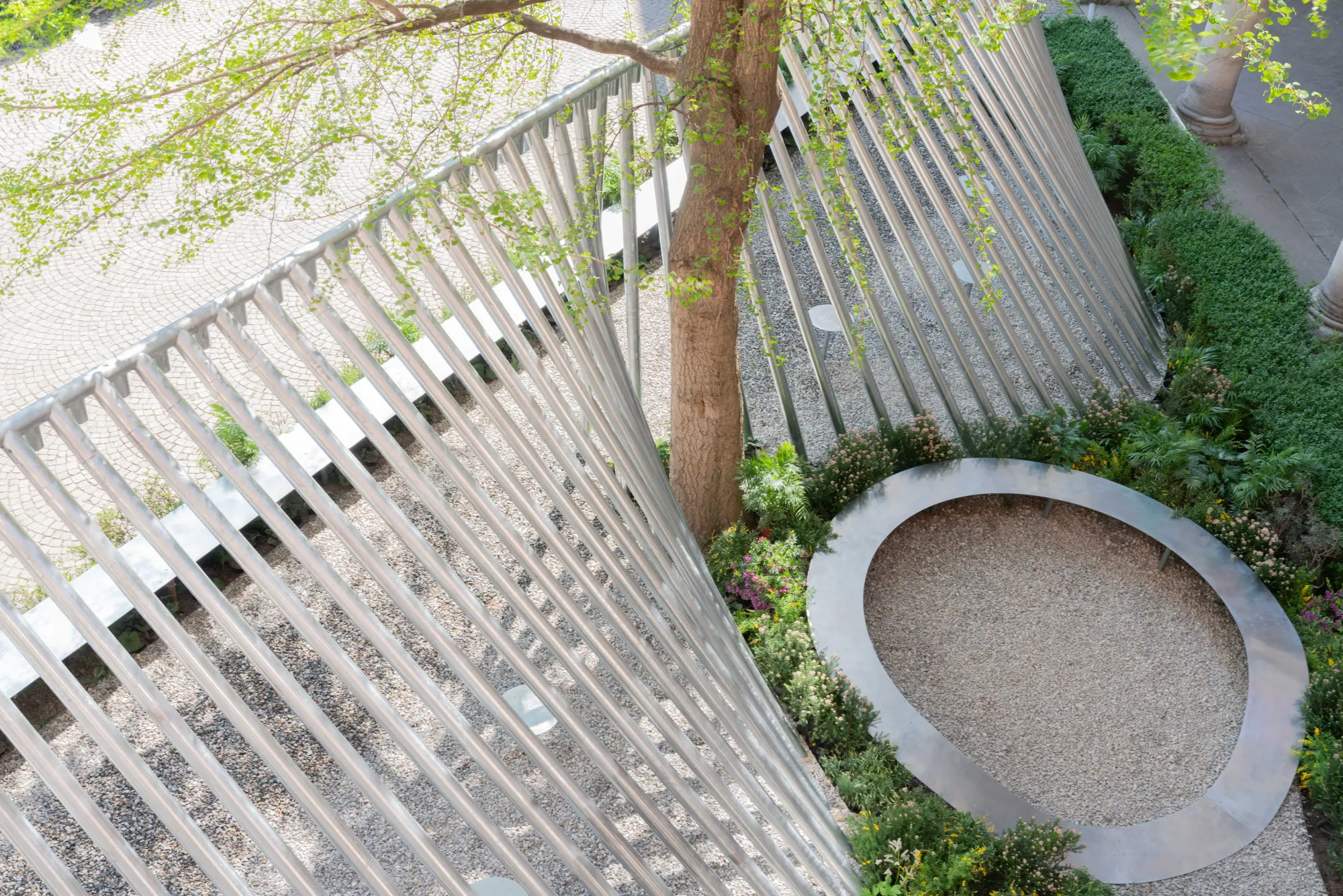 Milan Design Week: ‘A Beat of Water’ highlights the power of the precious natural resource
Milan Design Week: ‘A Beat of Water’ highlights the power of the precious natural resource‘A Beat of Water’ by BIG - Bjarke Ingels Group and Roca zooms in on water and its power – from natural element to valuable resource, touching on sustainability and consumption
By Ellie Stathaki
-
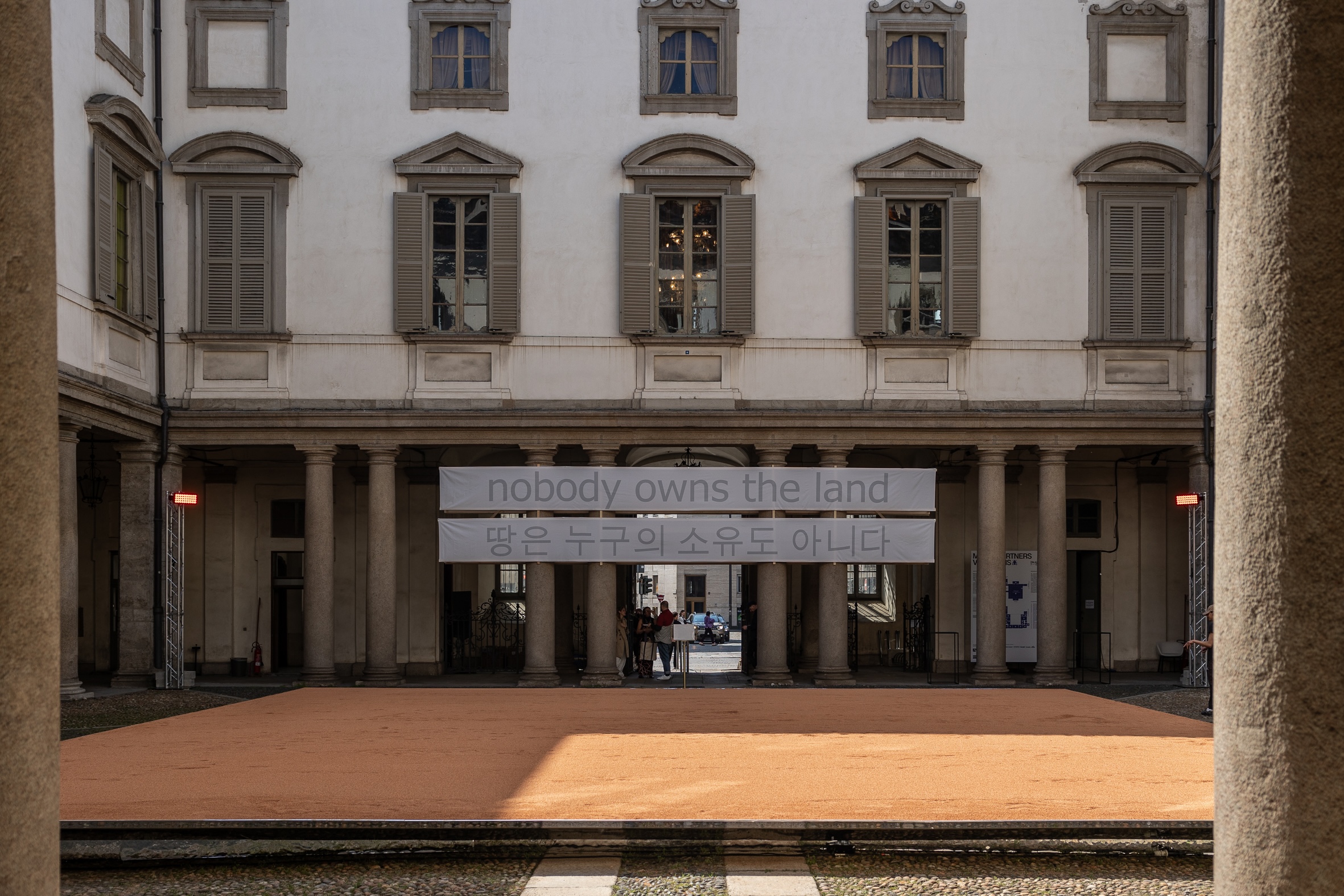 This Milan Design Week installation invites you to tread barefoot inside a palazzo
This Milan Design Week installation invites you to tread barefoot inside a palazzoAt Palazzo Litta, Moscapartners and Byoung Cho launch a contemplative installation on the theme of migration
By Ellie Stathaki
-
 Remembering architect David M Childs (1941-2025) and his New York skyline legacy
Remembering architect David M Childs (1941-2025) and his New York skyline legacyDavid M Childs, a former chairman of architectural powerhouse SOM, has passed away. We celebrate his professional achievements
By Jonathan Bell
-
 The upcoming Zaha Hadid Architects projects set to transform the horizon
The upcoming Zaha Hadid Architects projects set to transform the horizonA peek at Zaha Hadid Architects’ future projects, which will comprise some of the most innovative and intriguing structures in the world
By Anna Solomon
-
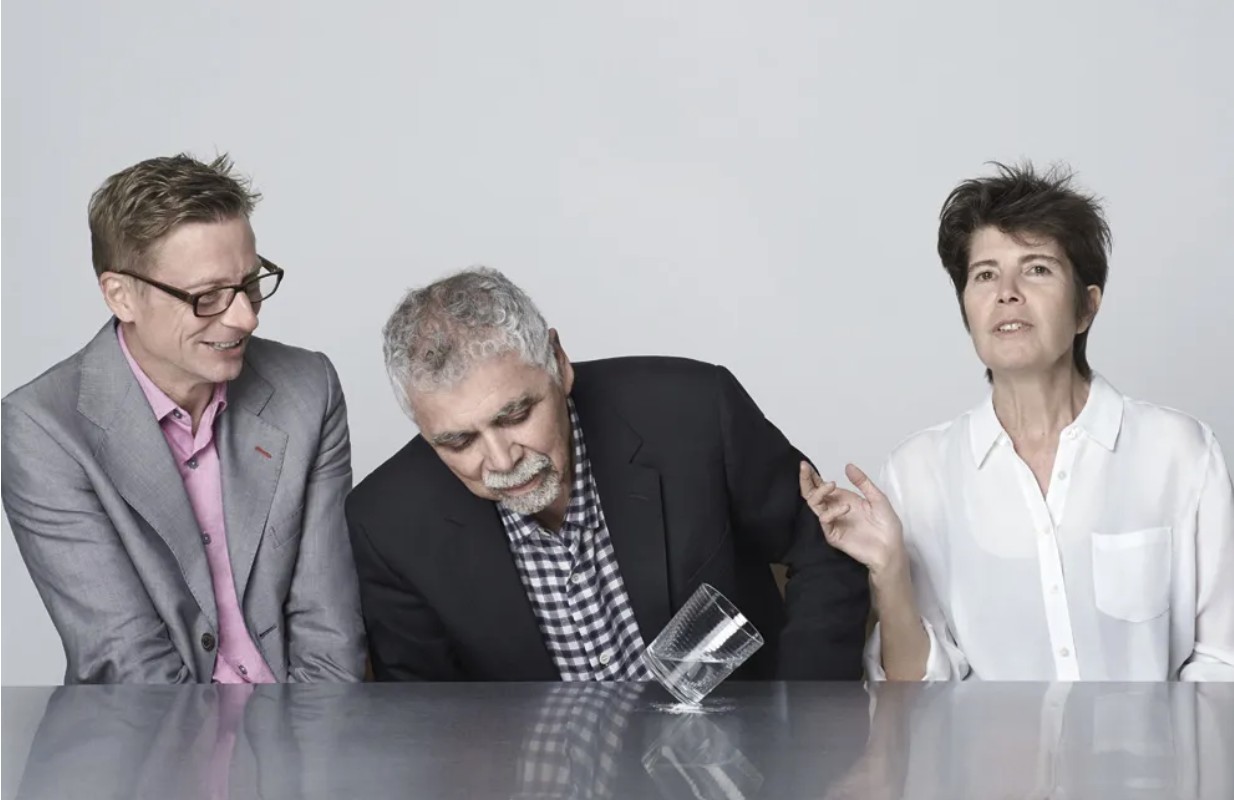 Remembering architect Ricardo Scofidio (1935 – 2025)
Remembering architect Ricardo Scofidio (1935 – 2025)Ricardo Scofidio, seminal architect and co-founder of Diller Scofidio + Renfro, has died, aged 89; we honour his passing and celebrate his life
By Ellie Stathaki
-
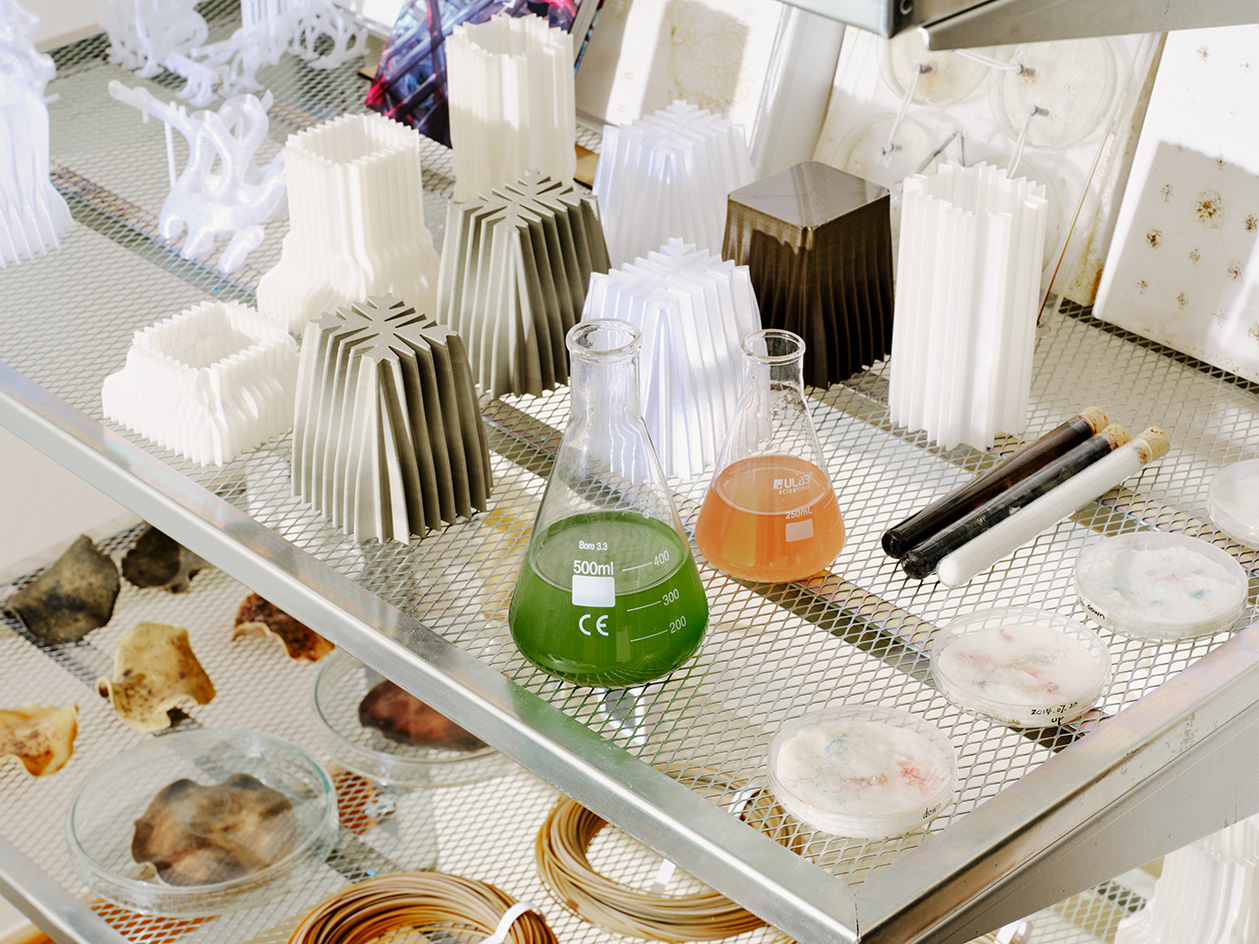 Is biodesign the future of architecture? EcoLogicStudio thinks so
Is biodesign the future of architecture? EcoLogicStudio thinks soWe talk all things biodesign with British-Italian architecture practice ecoLogicStudio, discussing how architecture can work with nature
By Shawn Adams